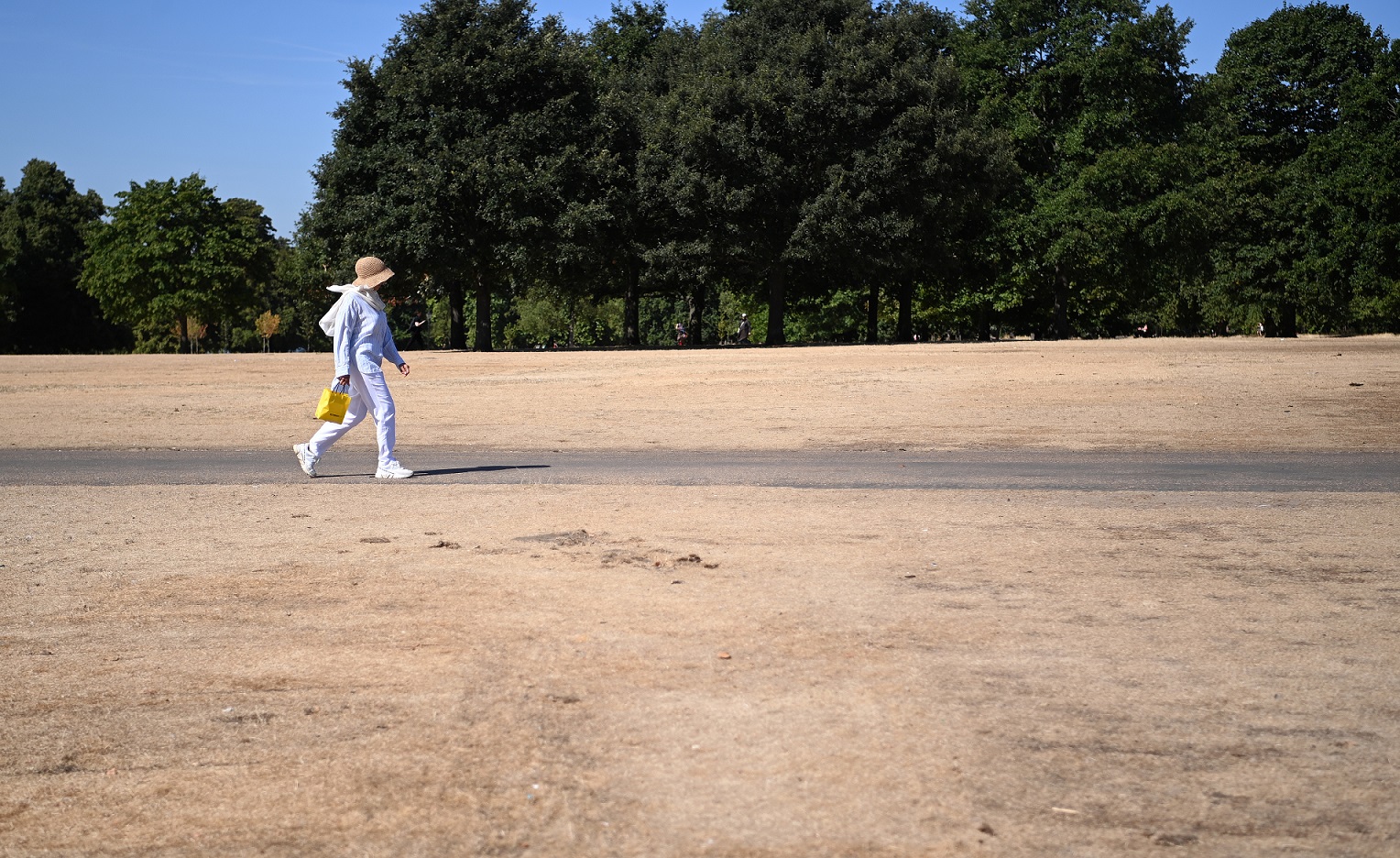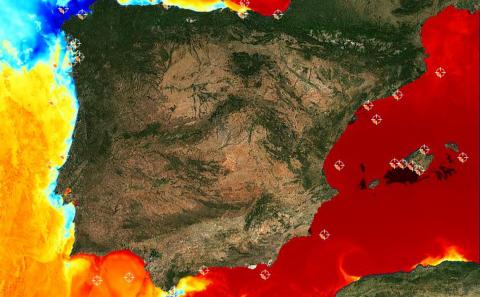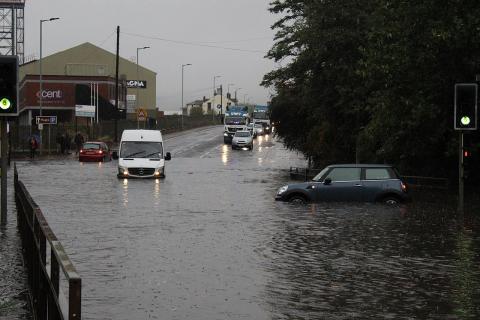The current drought in Europe is becoming historic in its intensity and extent. This already critical situation is well reflected in the "hunger stones" that have emerged in Central Europe. These stones (Hungersteine) are water level markers from the 15th-19th centuries, when droughts affected river navigation and trade, which meant famine for the population.
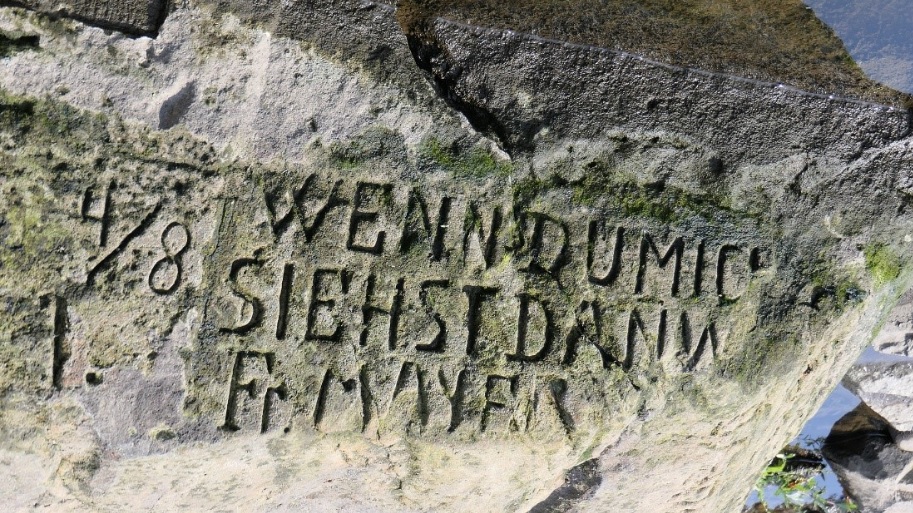
What we are experiencing this summer is a compound event, which occurs when two or more climatic hazards occur simultaneously or sequentially. In this case, we are dealing with a meteorological drought (due to a decrease in precipitation) and a hydrological drought (due to a decrease in available water resources) in addition to a succession of heat waves, characterised by their early onset, extent and duration.
Although droughts are not necessarily linked to summer, it is at this time when we feel them most; in fact, in the Iberian Peninsula we have suffered dry periods in winter, such as in the 2011/2012 hydrological year, which was the driest since 1961. But, in this 2021/2022, unlike other dry years, the occurrence of heat waves since May has increased evapotranspiration and, therefore, has further worsened the existing water stress, coinciding, moreover, with the tourist season and irrigation campaigns.
Drought is a progressive and slow-onset but constant risk. The lack of rainfall depletes soil moisture, reducing river flows and depleting water reserves. First, rainfall is reduced, high evapotranspiration values are recorded - particularly in heat waves - and available water is reduced. Subsequently, the effects reach rain-fed agriculture and then irrigation and hydropower production, as well as affecting ecosystems and ecosystem services.
Nearly 50% of Europe in drought prealert
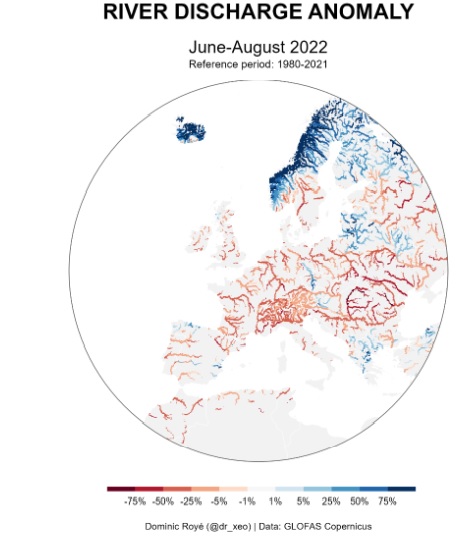
The frequency and severity of droughts and heat waves are forecast to increase in the future, and changes are expected to be unevenly distributed around the world. The situation in Europe is worrying, as reflected by indicators from the European Drought Observatory: 47% of its territory is in pre-alert and 17% in alert. In addition, a negative anomaly of -27% is being observed in the flow of European rivers.
While these figures in themselves may be exceptional, they should not cause social alarm, as the current drought could be reversed with the rains next autumn-winter. Moreover, unlike in previous periods, we have monitoring systems that allow us to anticipate management measures to prioritise water uses, establish restrictions, etc., and thus avoid major social, economic and environmental impacts.
This is the case in Spain, which already in the 2001 Water Law prioritises supply to the population over other uses and which, in its Special Drought Plans, establishes the measures to be adopted both in the event of drought (reduction of ecological flows) and water scarcity (saving, surveillance, restrictions and prohibitions of use, etc.), depending on how the monitoring indicators progress and how the thresholds established for management purposes are exceeded.
Spain's 2001 Water Law already prioritises water supply to the population over other uses.
Even so, the lesser experience of northern Europe in drought management and the high vulnerability of the south - which has experienced a continuous expansion of its irrigation - together with the poor quality of the continent's water, are causing this drought of 2022 to generate very significant impacts on different economic sectors, as well as supply cuts in some populations.
A phenomenon that aggravates the current energy crisis
In Spain alone, the agricultural sector could face losses of between 8 and 10 billion euros due to lower yields in some crops and the abandonment of others. Most worryingly, the drought in Europe comes on top of a foreseeable energy crisis. The effects of reduced water resources on hydroelectric power generation or on the cooling of nuclear power plants are of concern in a context already marked by scarcity and geopolitical tensions.
The current drought and its coincidence with heat waves must be contextualised in the reality of climate change and, consequently, must lead us to increase the efforts made in mitigation and adaptation strategies. There must also be proper management of these multi-risk situations, with greater prevention and preparation of all our warning and emergency systems.
Furthermore, it is urgent to transform our socio-economic structures - typical of the 20th century (intensive irrigation, tourist promotions, urban development, energy dependence, etc.) - to face a 21st century that is and will be characterised by variability and uncertainty and coexistence with hydro-climatic risks.
